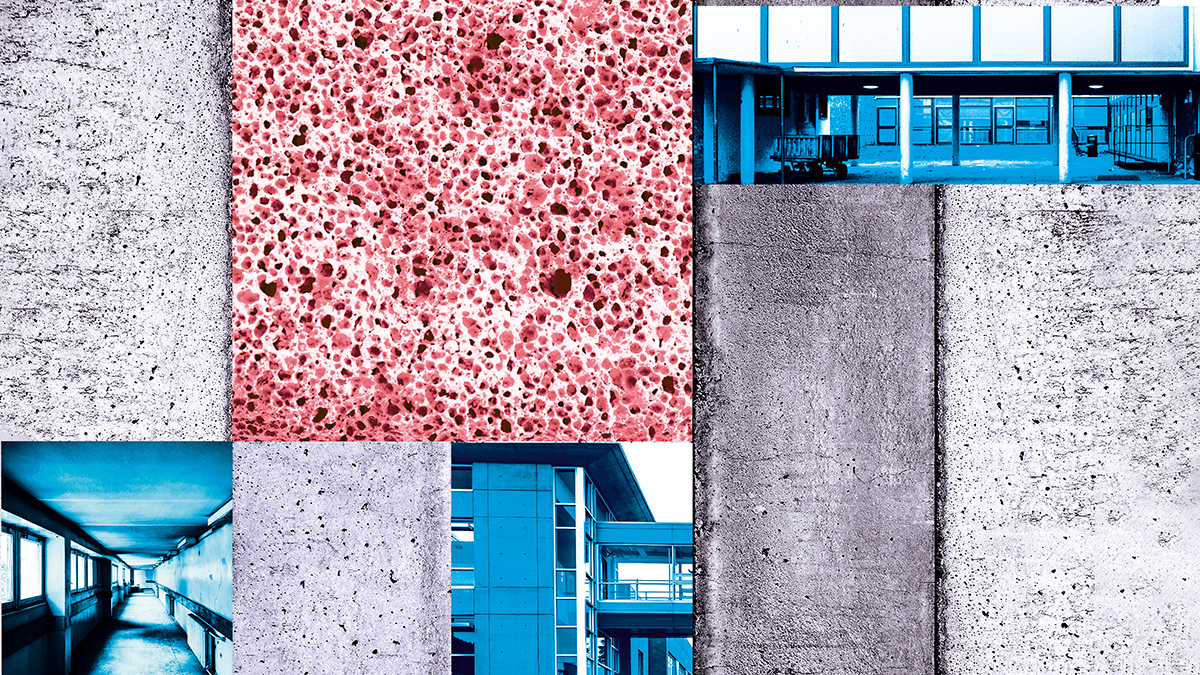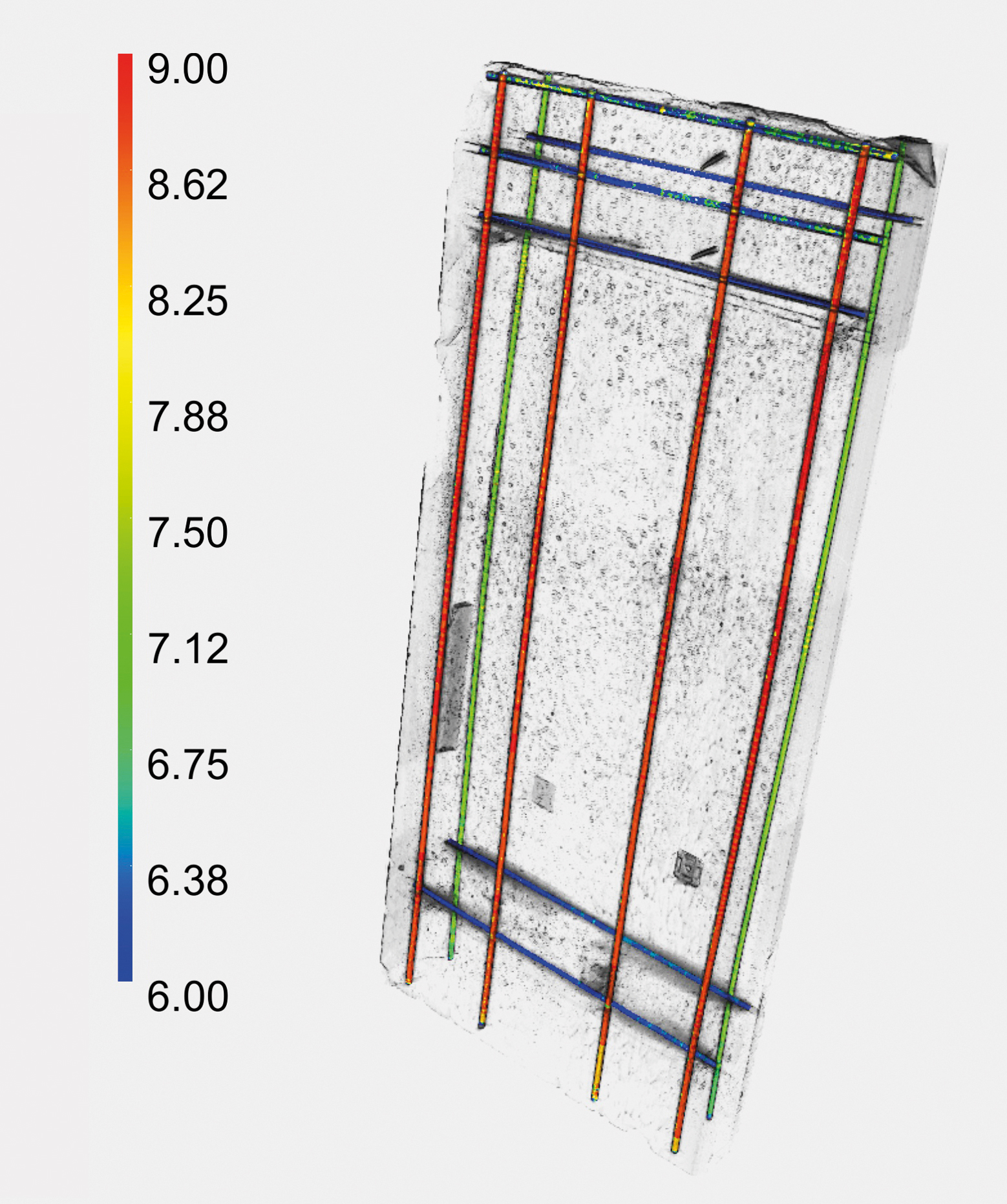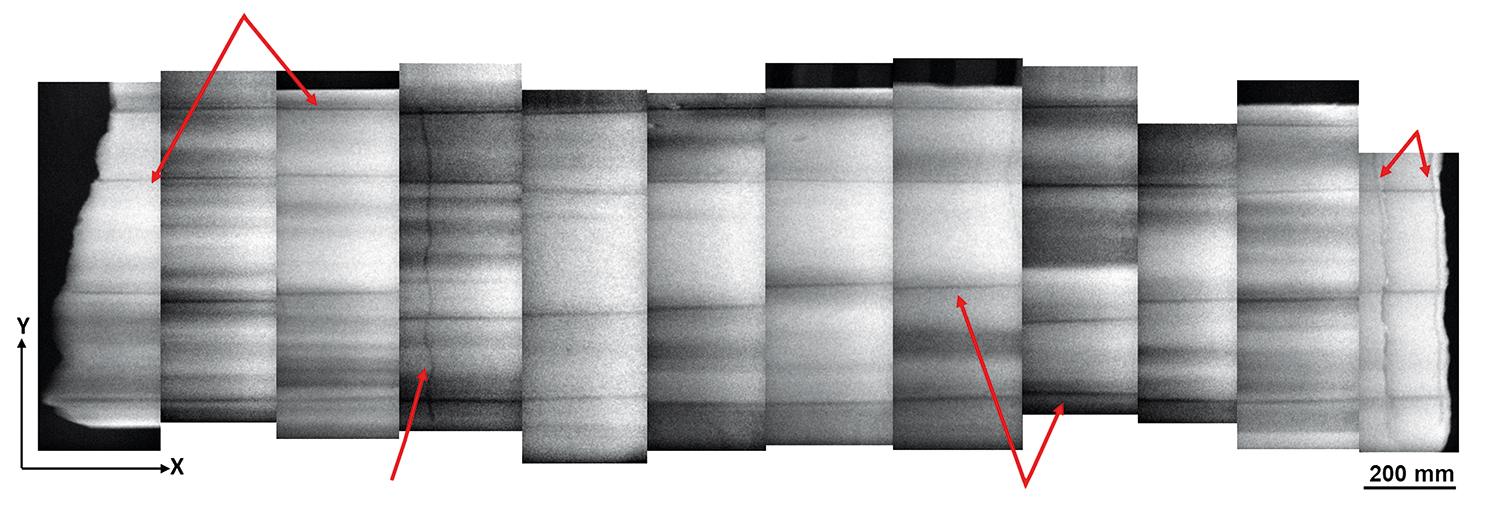
The government has granted funding to the Manufacturing Technology Centre to develop a rulebook for dealing with RAAC. Will Mann finds out what guidance it will offer from Steve Nesbitt, the centre’s built environment chief technologist.
What is the objective of the rulebook?
The rulebook will be a guidance document for construction professionals, estate managers, and other stakeholders dealing with reinforced autoclaved aerated concrete (RAAC) in various building types. The goal is to empower them with the information needed to confidently address the presence and condition of RAAC, in an objective, consistent and robust way.
Its development is collaborative, aggregating existing knowledge into a centralised resource that encompasses various perspectives, experiences, insights and enabling technologies related to RAAC.
What guidance is currently used for RAAC and what are its shortcomings?
Several guidance documents, including those from the Institute of Structural Engineers, the Department for Education and NHS Estates, provide principles for assessing the presence and potential risks associated with the degradation of RAAC structures in buildings.

“You could scan a RAAC plank and identify cracking or internal voids or even corrosion displacement in the reinforcement elements.”
However, there are issues with existing surveying methods, which rely on ‘line of sight’ to identify RAAC presence and associated risks. For example, there may have been coatings applied to RAAC planks. In the health sector, complex MEP and service distribution systems restrict visual access. So, there is a need for an enhanced level of detection and assessment.
Tell us about the non-destructive techniques (NDTs) you are looking at
NDTs can provide a more comprehensive understanding of the performance of RAAC products, identifying key modes of failure and signature characteristics. These are techniques that are common in the healthcare sector, such as ultrasonics, X-ray backscatter (XBS), X-ray computed tomography (XCT) scanning. Other NDTs like ground penetrating radar are already used in infrastructure – the Manufacturing Technology Centre (MTC) has used this for scanning bridges.
NDTs are non-invasive and allow an objective evaluation of the condition of the RAAC plank without causing harm to the structure. So, you could scan a RAAC plank and identify cracking or internal voids or even corrosion displacement in the reinforcement elements. Lack of transverse reinforcement elements at the bearing ends are among the key indicators that a RAAC plank is in a poor state of condition.
However, you need to know how to use these technologies. Ultrasonics, for example, gets used very widely in assessing reinforced concrete structures with high degrees of accuracy. But with RAAC, because it is porous, the ultrasound waves get dispersed, and you cannot actively detect the position of reinforcement. But it is still useful in testing whether a building element is fully reinforced concrete.

We’re currently assessing NDTs with RAAC planks in our workshop – putting chunks of these planks through a XCT scanner – and we’re on the cusp of being able to confirm that these are viable techniques to assess RAAC.
Where does metrology come in?
Metrology is the science of measurement. Metrology, along with NDT, is used by MTC to help manufacturing and infrastructure organisations understand their product quality and the condition of their assets. I think it could be used in understanding changes of state in RAAC, at scale.
We’ve seen the symptoms that could indicate a potential concern resulting from degradation of RAAC, for example, if a RAAC plank has got some form of deflection that is visible, then that is an indicator of ongoing changes within the plank that may manifest with it collapsing. Another is the detachment of the end bearing system on the RAAC planks which also leads to collapse of the RAAC plank.

Using metrology-based methods, we could survey many RAAC planks quickly to detect changes of state. This would give advanced warning to say something has changed in the state of the RAAC planks, and therefore the estate owner could take immediate remediation action to maintain use of the building.
AI is already helping with RAAC assessment. Do you expect to build on that?
We have ongoing engagement with the team at Loughborough University (CIOB members Professor Chris Gorse, Professor Chris Goodier and Dr Karen Blay) and that will continue.
The toolset they’ve created is a fantastic starting point where you take photos of a building over different periods, do the analysis remotely and look for changes of state using AI. The tool will look for visual indicators of signs of distress within the RAAC planks. That’s great for estate owners.
There are similar restrictions though, in that it is two-dimensional and reliant on ‘line of sight’ for the images to do that work. But in association with NDT methods, it gives us a rich capability that can be deployed across the industry.
What professional requirements are required to use these tools?
Building owners conceivably could purchase NDT and metrology equipment and do the scanning themselves. But the data analysis will require another level of expertise while arbitration or determination of the results will have to come from an appropriately qualified structural expert or building surveyor.
What will the rulebook say about remediation of RAAC?
We’re working with partners on three physical remediation methods: repair, reinforce or replacement. First, we are looking at whether repairing RAAC planks in situ is viable, in some instances. There are examples of reinforcements or retention systems, such as a secondary frame, used to either reinforce, and take away the structural loadbearing aspects of, RAAC planks or retain them.

Alternatively, the option is replacement. Working with the Construction Innovation Hub, we’ve developed a lightweight, pre-manufactured roof cassette solution. We are testing these in our workshop and will be working with estate owners and industry partners to demonstrate that these cassettes could be applied in real buildings.
The key consideration is the scale and pace of delivery needed. The duration of replacement in a building needs to be reduced greatly. There are examples where roofs have been replaced and it’s taken several months, and the whole building needs decanting to allow that. Within a school, the response should be manageable within school holiday periods. So, we need to reduce remediation timescales from several weeks or months to just a few days.
When will the playbook be ready?
The first draft will be available in the first quarter of this year. This will be a comprehensive aggregation of available information, laying the foundation for subsequent updates. That won’t be the finished version though. We’ve got gateway points ahead around the development and verification of NDTs and other enabling technologies we are testing.











